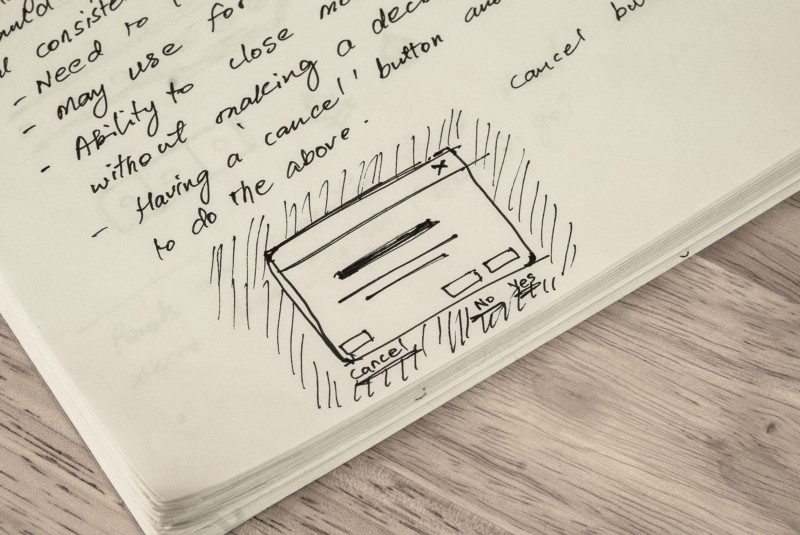Why design at a startup when starting design

Almost two years ago, I landed my first design internship at a startup. When looking for an internship for my first summer at university, I solely focused on startups because I believed that I would learn much more at a startup with a smaller team than a design agency or a larger company.
Here are some of the key lessons I learned during the eight months I spent designing at a startup that illustrate why I think it can help you become a better designer when starting your career.
You get to wear lots of different hats
When designing at a startup, you’ll get the opportunity to take on tasks across various design disciplines. Being a part of a smaller team also means a greater degree of shared responsibility, which, in turn, means that you will be nudged towards work that lies outside of your comfort zone.
Over the course of your internship, you may get to delve into interface design, interaction design, prototyping, user research, UI engineering, communication design, and print design. This breadth of exposure is deeply empowering as it allows you to immerse yourself in each of these disciplines, learn the technical skills required to produce good work, and figure out which area you’d like to explore further.
By the end of my first four months, I had designed interfaces for interactive touch kiosks, a medium I had never designed for before. I had completed design work for the engineering and marketing teams to help launch our iOS and Android mobile apps. I got the opportunity to design and develop the front-end for an internal tool. I even got to design a t-shirt for my team!
You get to have a larger impact
When designing at a smaller company, the work you do has a larger impact towards the organization. As a result of a greater degree of shared responsibilities, you’ll get the opportunity to make critical design decisions that impact the product, and the business goals of your organization.
At a smaller company, it is also easier to see the direct connection between your work and its impact on customers and consumers. This sense of greater impact builds confidence as a young designer. I find that the inverse is true, especially for junior designers, at most larger companies. The hierarchy of organizational layers makes it difficult to see the impact of the interface you design or the piece of code you write, on the business and the people you’re designing for.
Being at a startup also means that you’ll be moving at a faster pace than larger organizations. This means features are shipped faster, and you get quicker feedback. When you are able to directly see the impact of your work, you quickly learn how it performs. Understanding this enables you to learn to communicate the value of design within the organization.
You have greater access to information
When designing at a startup, you have a greater access to information about the organization and its industry, because the team is small enough for you to go around and talk to each individual, getting a better understanding of the landscape.
When I first joined, our team consisted of 16 people, and grew to about 20 in the next four months. I could walk up to twenty different people and get different perspectives on the organization. This is incredibly useful because as a designer solving problems, you need a really good understanding of the people that you’re designing for, and the business goals you’re designing to achieve.
Through talking to the people on our sales and business development teams, I was able to understand the goals of the business. Talking to the customer support lead within the company helped uncover the pains of our customers, which helped me empathize with the people using our products.
You get to further your technical understanding
When designing a startup, there are fewer specialized roles, so you’ll have more opportunities to take on technical projects. This doesn’t hold true when companies grow in size, because people are hired for specific roles, so it becomes less common to cross disciplines. Taking on those technical projects helps grow your technical understanding.
One of the reasons I chose the startup I interned at was my fascination with the technical challenges of the problem they were solving. Because teams are smaller at a startup, you’ll often be working closely with engineers on the technical challenges. Understanding these technical constraints can greatly inform and refine your design process.
At the end of eight months, I realized that a deep technical understanding would not only be valuable but necessary to design software products. For me, the path forward was to take on software engineering roles to grow as a designer.
(Thanks to Jeff, Bryn, Brian, Andy, Dustin, and Mitch.)